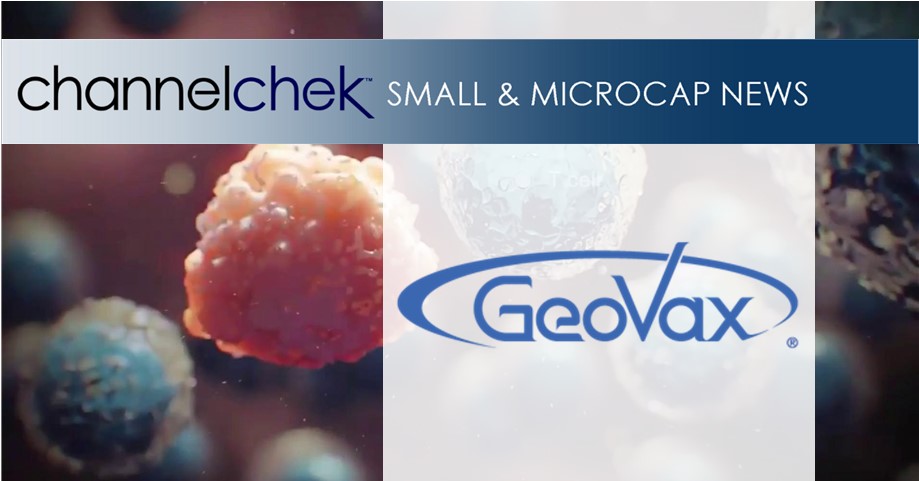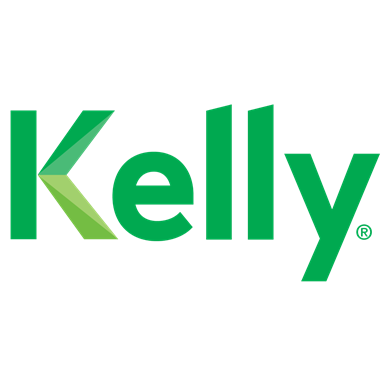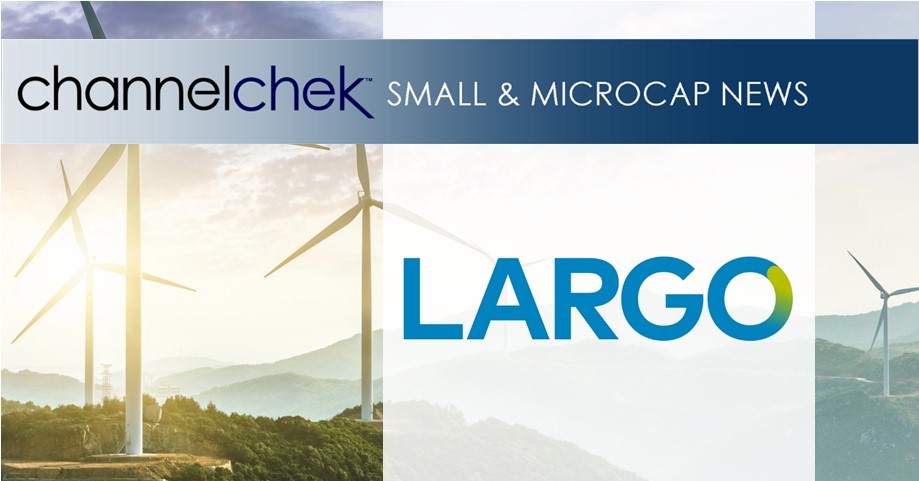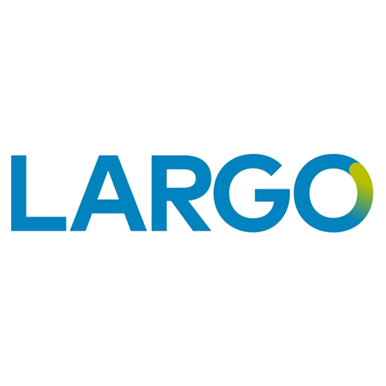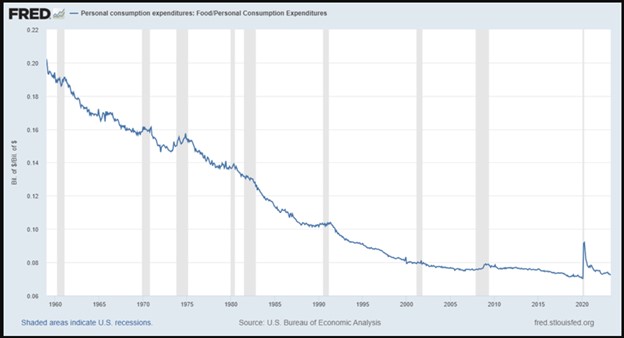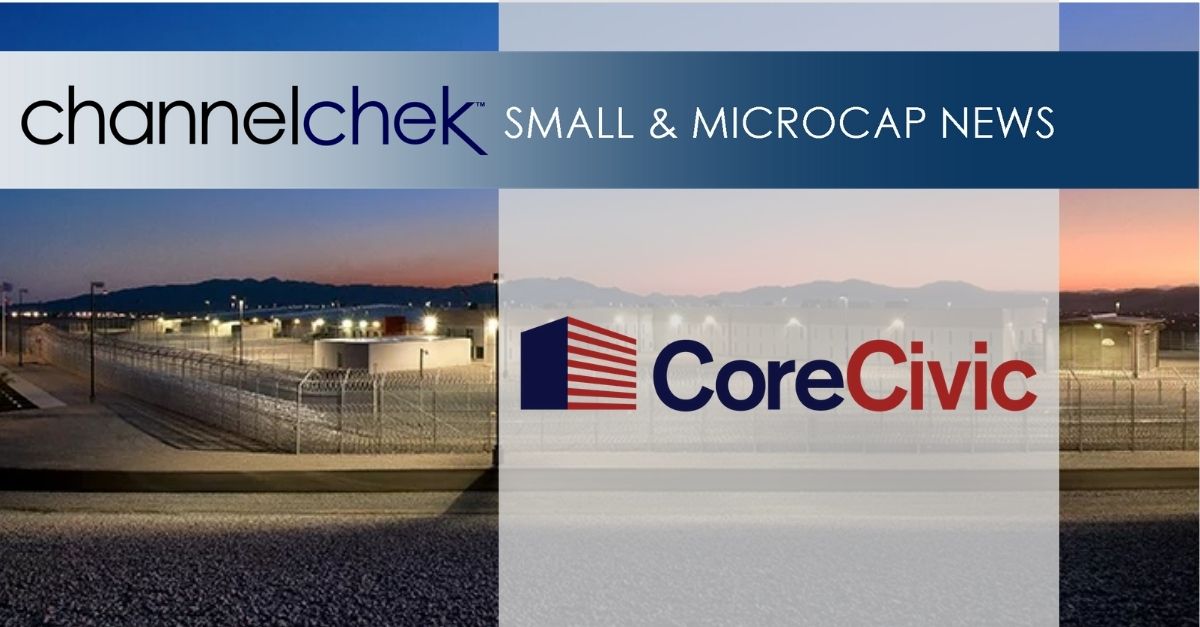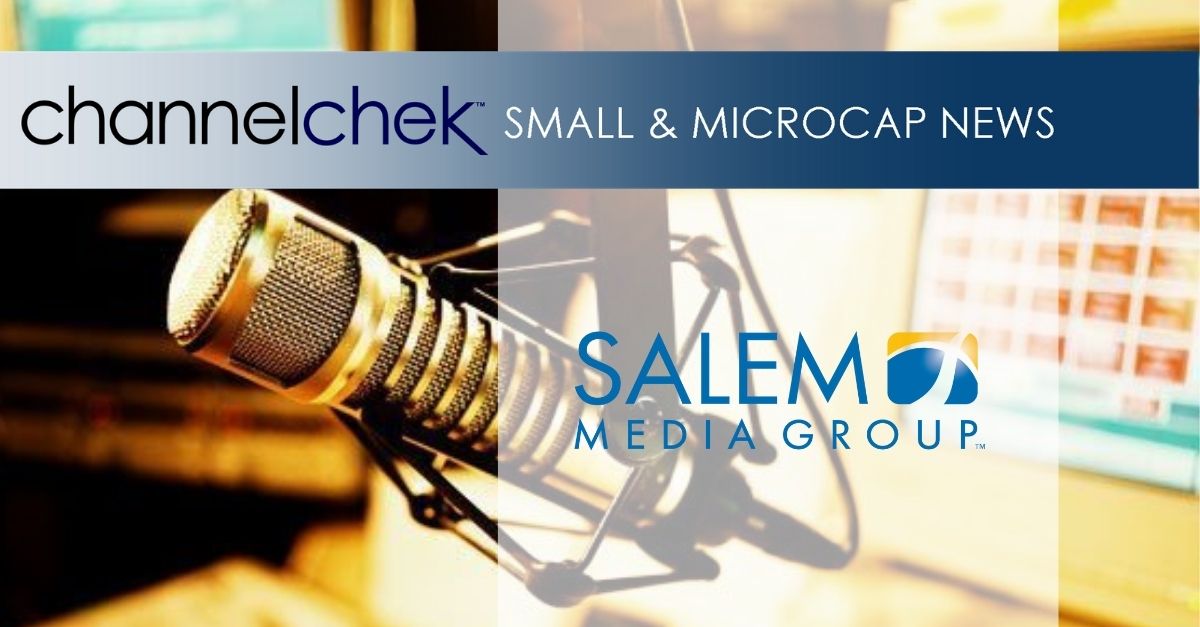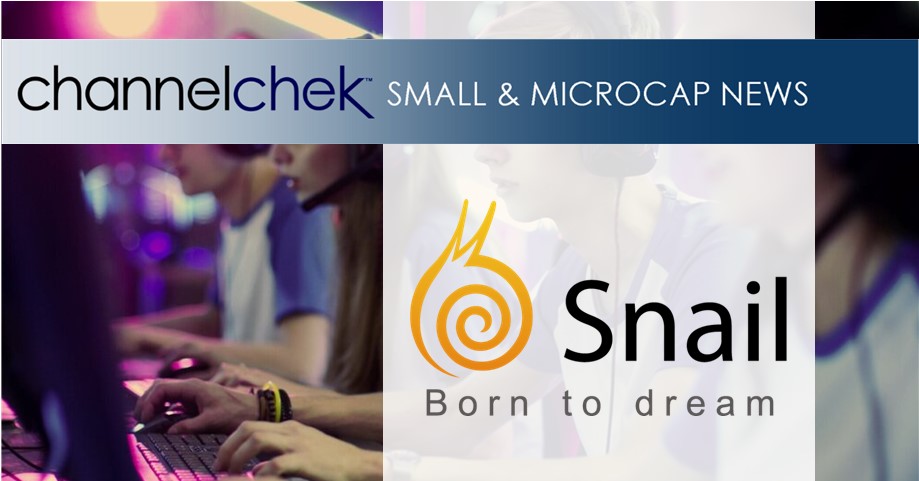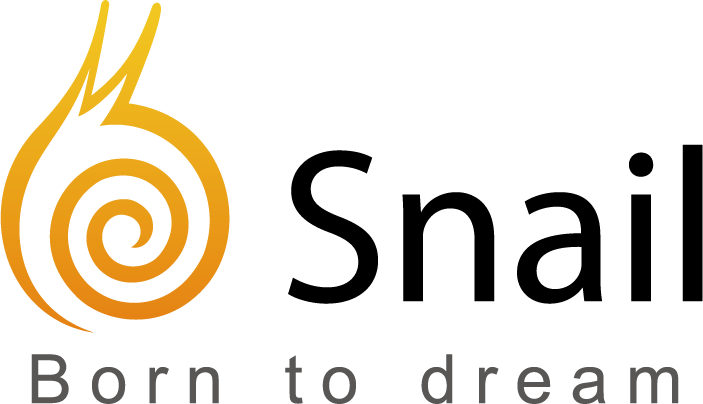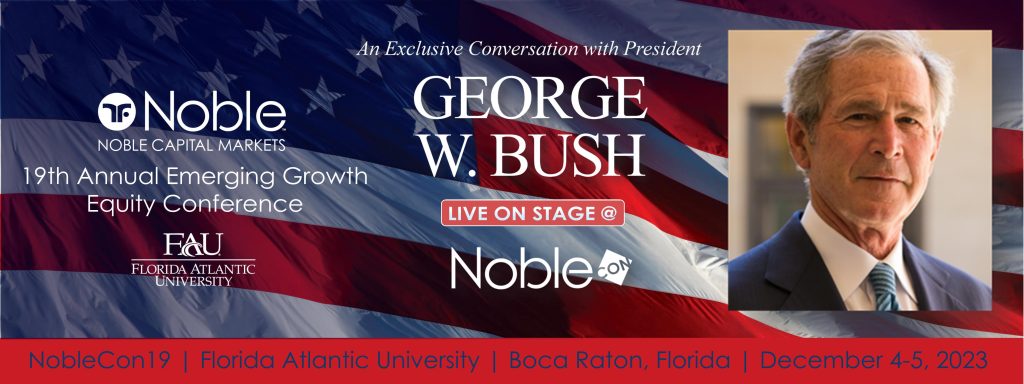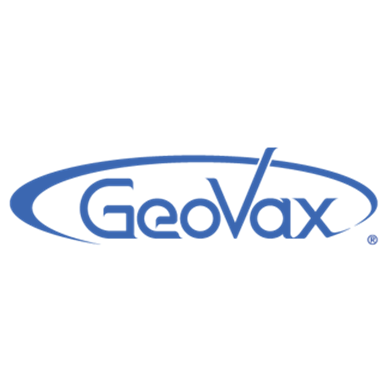
Research news and Market Data on GOVX
- Last updated: 20 July 2023 13:05
- Created: 20 July 2023 17:39
- Hits: 81
Seeking Improved Immune Response vs mRNA Vaccine
ATLANTA, GA, July 20, 2023 — GeoVax Labs, Inc. (Nasdaq: GOVX), a biotechnology company developing immunotherapies and vaccines against cancers and infectious diseases, today announced the start of an investigator-initiated clinical trial (ClinicalTrials.gov Identifier: NCT05672355), titled “Randomized observer-blinded phase 2 trial of COVID-19 booster with GEO-CM04S1 or Pfizer-BioNTech Bivalent vaccine in patients with chronic lymphocytic leukemia,” at City of Hope National Medical Center, led by Alexey Danilov, M.D., PhD as principal investigator. GEO-CM04S1, a multi-antigenic SARS-CoV-2 vaccine that targets the spike (S) and nucleocapsid (N) proteins of SARS-CoV-2, is actively under clinical study by GeoVax in severely immunocompromised individuals, as well as in healthy adults for use as a universal heterologous booster.
Despite a high vaccination rate, chronic lymphocytic leukemia (CLL) patients may be at high risk for lethal COVID-19 infection due to poor immune response to COVID-19 infections or vaccination. The GEO-CM04S1 vaccine uses a modified vaccinia virus (MVA) backbone that may be more effective at inducing COVID-19 immunity in patients with poor humoral immune responses since MVA strongly induces T cell expansion even in the background of immunosuppression. Targeting both the spike and nucleocapsid protein antigens broaden the specificity of the immune responses and protects against the loss of efficacy associated with the significant sequence variation observed with the spike antigen.
The study will examine the use of two injections of GEO-CM04S1 three months apart to assess immune responses in these vulnerable patients, with the Pfizer-BioNTech Bivalent vaccine as the control arm. Participants will be randomized 1:1 to receive two boosters with either the GEO-CM04S1 or the control vaccine. The primary immune response outcome will be 56 days following the first booster injection. Up to 40 participants will be treated in each arm, with immune responses evaluated at the interim and final analyses in each arm.
Brian Koffman, M.D.C.M., FCFP DABFP (retired) MS Ed, Executive Vice President and Chief Medical Officer of the CLL Society, a nonprofit dedicated to the unmet needs of those diagnosed with CLL/small lymphocytic lymphoma (SLL), commented, “Despite the current authorized COVID-19 vaccines providing protective immunity among the majority of patient populations, individuals with CLL/SLL, regardless of their treatment status, have had less predictable and often insufficient immune responses to the currently authorized vaccines. Within the CLL/SLL patient population, more robust and durable protective immunity is needed, especially next-generation vaccines that could induce stronger T cell and antibody responses. This trial leverages past success with a similar type of vaccine used for protection against a different viral infection in the immunocompromised to develop a vaccine intended to provide enhanced and more durable protection against COVID-19 infections in the high-risk CLL/SLL population. The CLL Society and the CLL/SLL community welcome this study and look forward to the results.”
Kelly McKee, M.D., GeoVax Chief Medical Officer, commented, “Unpublished clinical data recently presented at several medical conferences confirmed our earlier findings in healthy adults that GEO-CM04S1 stimulated a robust, durable, and broad-based humoral and cellular immune response against multiple SARS-CoV-2 variants, and by extension, to immunocompromised patients. Validation of these findings in additional patients with hematologic malignancies, who have received CAR-T and stem cell transplants, is underway as we seek to provide a vaccine solution to those individuals unable to mount adequate protective responses with currently available COVID-19 vaccines. We expect the CLL trial will further confirm the potential benefit of CM04S1 in another population of immunocompromised individuals.”
David Dodd, GeoVax President, and CEO, added, “We are excited to begin this third important study for CM04S1 and look forward to sharing progress reports as we advance. We believe the CM04S1 vaccine, containing the two antigens, S and N, along with the recognized antibody and cellular immune responses resulting from the MVA approach, has the potential to offer greater booster protection than that from the current vaccines in use, as well as provide a greater degree of protection within immunocompromised patients.”
About GEO-CM04S1
GEO-CM04S1 is a next-generation COVID-19 vaccine based on GeoVax’s MVA viral vector platform, which supports the presentation of multiple vaccine antigens to the immune system in a single dose. CM04S1 presents both the spike and nucleocapsid antigens of SARS-CoV-2 and is specifically designed to induce both antibody and T cell responses to non-variable parts of the virus. The more broadly specific and functional engagement of the immune system is designed to protect against the new and continually emerging variants of COVID-19. Based on data from animal models and a completed Phase 1 clinical study, vaccine-induced immune responses were shown to recognize both early and later variants of SARS-CoV-2, including the Omicron variant. Vaccines of this format should not require repeated modification and updating.
A recent presentation of unpublished data from the open-label portion of the Phase 2 trial of CM04S1 (ClinicalTrials.gov Identifier: NCT04977024) in patients undergoing hematological cancer treatment (i.e., patients who have reduced immune system function as a result of treatment) indicates that CM04S1 is highly immunogenic in these patients, inducing both antibody responses, including neutralizing antibodies, and T cell responses. These data support the planned progression of the Phase 2 clinical study, which will include a direct comparison to currently approved mRNA vaccines. CM04S1 also continues to advance in another Phase 2 clinical trial as a booster for healthy patients who have previously received the Pfizer or Moderna mRNA vaccine (ClinicalTrials.gov Identifier: NCT04639466). Data from these studies will form the basis for comparing vaccine potential in unique patient groups as well as the general population.
About GeoVax
GeoVax Labs, Inc. is a clinical-stage biotechnology company developing novel therapies and vaccines for solid tumor cancers and many of the world’s most threatening infectious diseases. The company’s lead program in oncology is a novel oncolytic solid tumor gene-directed therapy, Gedeptin®, presently in a multicenter Phase 1/2 clinical trial for advanced head and neck cancers. GeoVax’s lead infectious disease candidate is GEO-CM04S1, a next-generation COVID-19 vaccine targeting high-risk immunocompromised patient populations. Currently, in two Phase 2 clinical trials, GEO-CM04S1 is being evaluated as a COVID-19 vaccine for immunocompromised patients such as those suffering from hematologic cancers and other patient populations for whom the current authorized COVID-19 vaccines are insufficient. In addition, GEO-CM04S1 is in Phase 2 clinical trial evaluating the vaccine as a more robust, durable COVID-19 booster among healthy patients who previously received the mRNA vaccines. GeoVax has a leadership team who have driven significant value creation across multiple life science companies over the past several decades. For more information, visit our website: www.geovax.com.
Forward-Looking Statements
This release contains forward-looking statements regarding GeoVax’s business plans. The words “believe,” “look forward to,” “may,” “estimate,” “continue,” “anticipate,” “intend,” “should,” “plan,” “could,” “target,” “potential,” “is likely,” “will,” “expect” and similar expressions, as they relate to us, are intended to identify forward-looking statements. We have based these forward-looking statements largely on our current expectations and projections about future events and financial trends that we believe may affect our financial condition, results of operations, business strategy and financial needs. Actual results may differ materially from those included in these statements due to a variety of factors, including whether: GeoVax is able to obtain acceptable results from ongoing or future clinical trials of its investigational products, GeoVax’s immuno-oncology products and preventative vaccines can provoke the desired responses, and those products or vaccines can be used effectively, GeoVax’s viral vector technology adequately amplifies immune responses to cancer antigens, GeoVax can develop and manufacture its immuno-oncology products and preventative vaccines with the desired characteristics in a timely manner, GeoVax’s immuno-oncology products and preventative vaccines will be safe for human use, GeoVax’s vaccines will effectively prevent targeted infections in humans, GeoVax’s immuno-oncology products and preventative vaccines will receive regulatory approvals necessary to be licensed and marketed, GeoVax raises required capital to complete development, there is development of competitive products that may be more effective or easier to use than GeoVax’s products, GeoVax will be able to enter into favorable manufacturing and distribution agreements, and other factors, over which GeoVax has no control.
Further information on our risk factors is contained in our periodic reports on Form 10-Q and Form 10-K that we have filed and will file with the SEC. Any forward-looking statement made by us herein speaks only as of the date on which it is made. Factors or events that could cause our actual results to differ may emerge from time to time, and it is not possible for us to predict all of them. We undertake no obligation to publicly update any forward-looking statement, whether as a result of new information, future developments or otherwise, except as may be required by law.
Investor Relations Contact:
Rich Cockrell
CG Capital
404-736-3838
Media Contact:
Susan Roberts
202-779-0929
